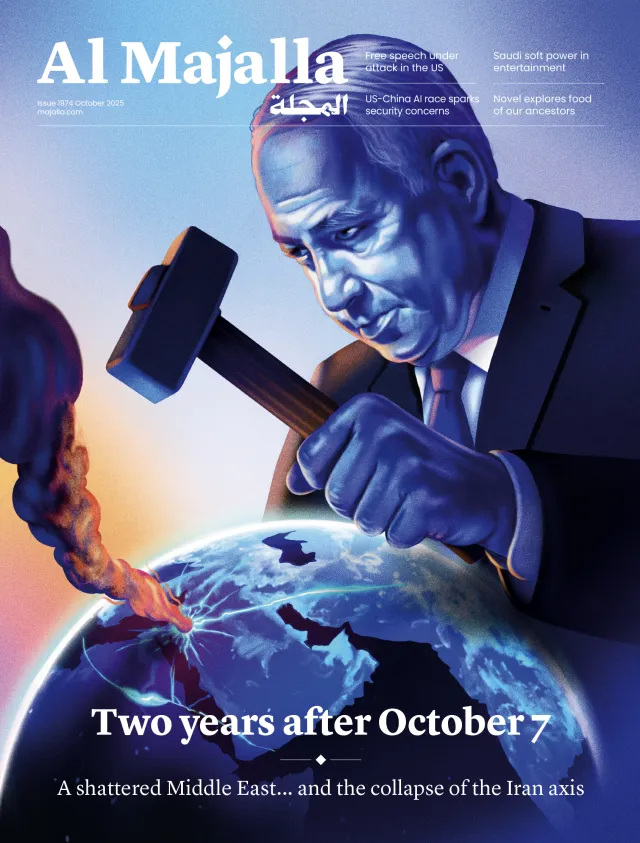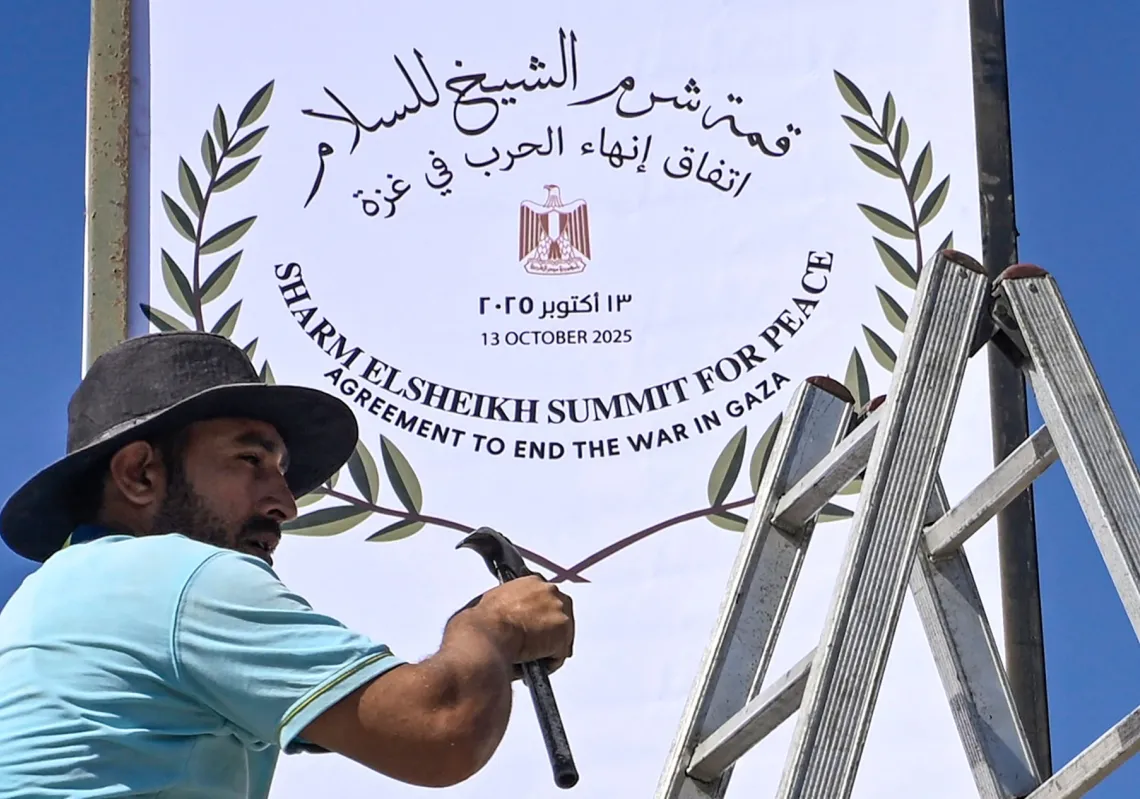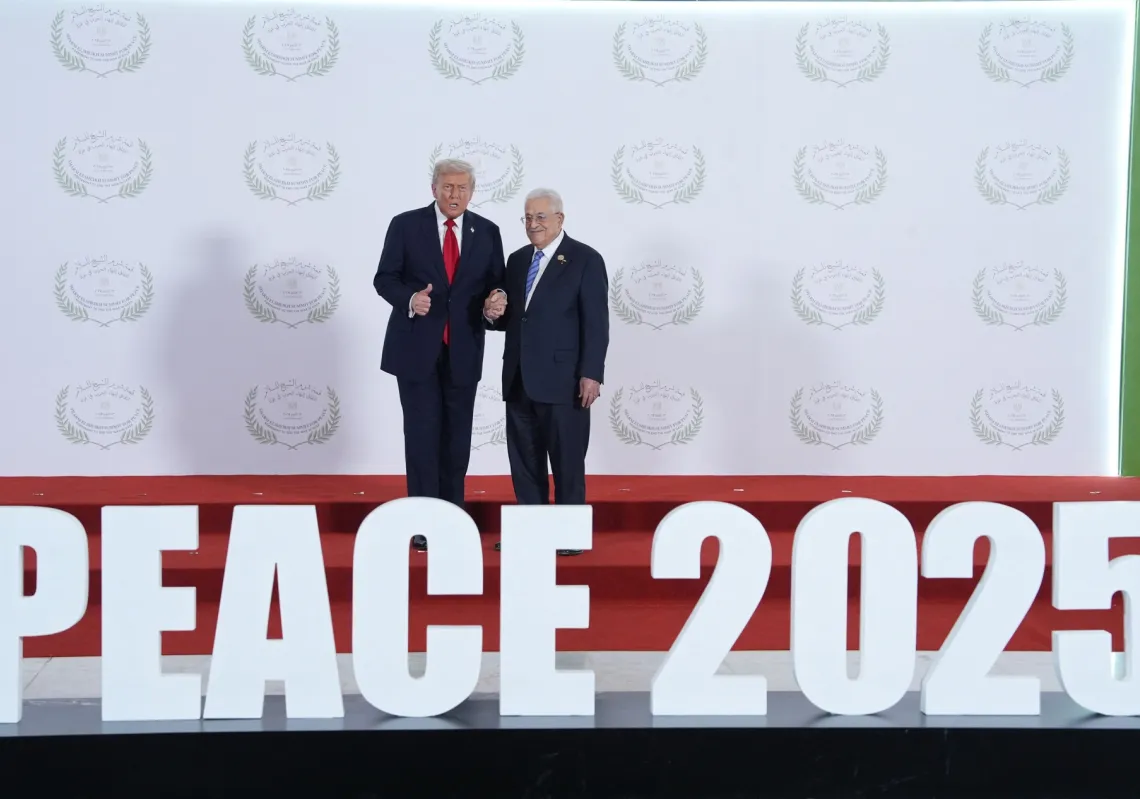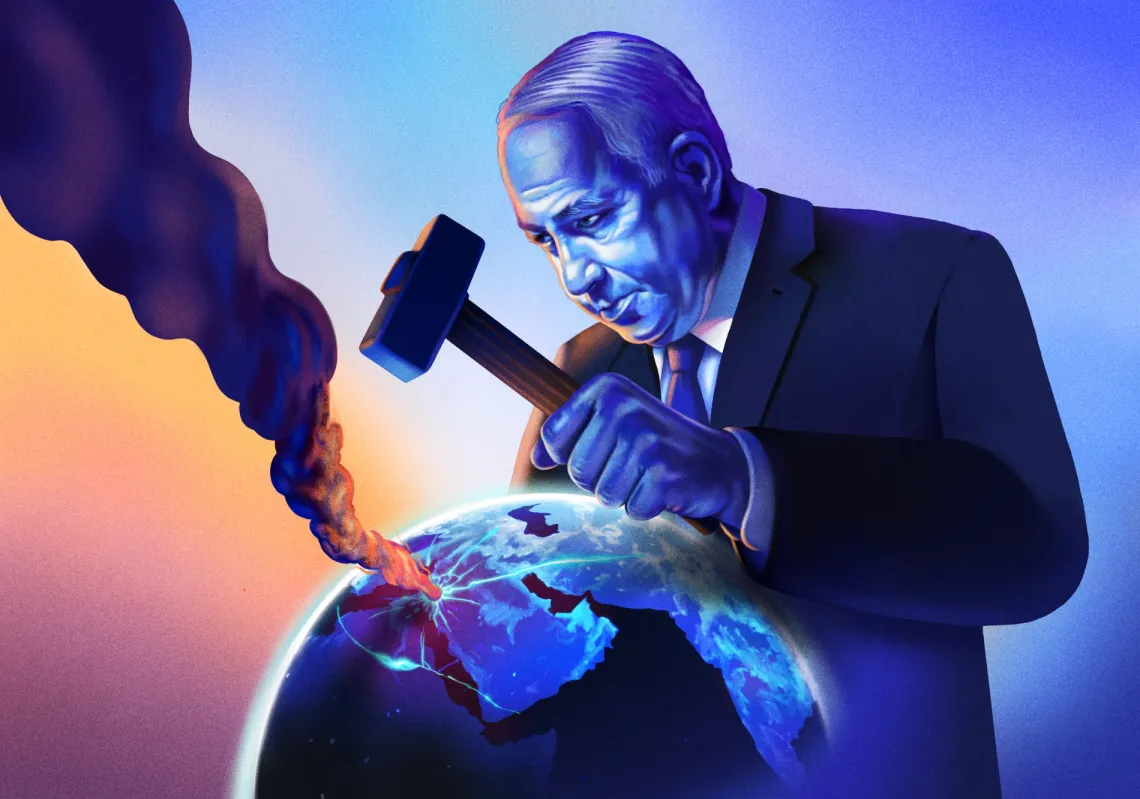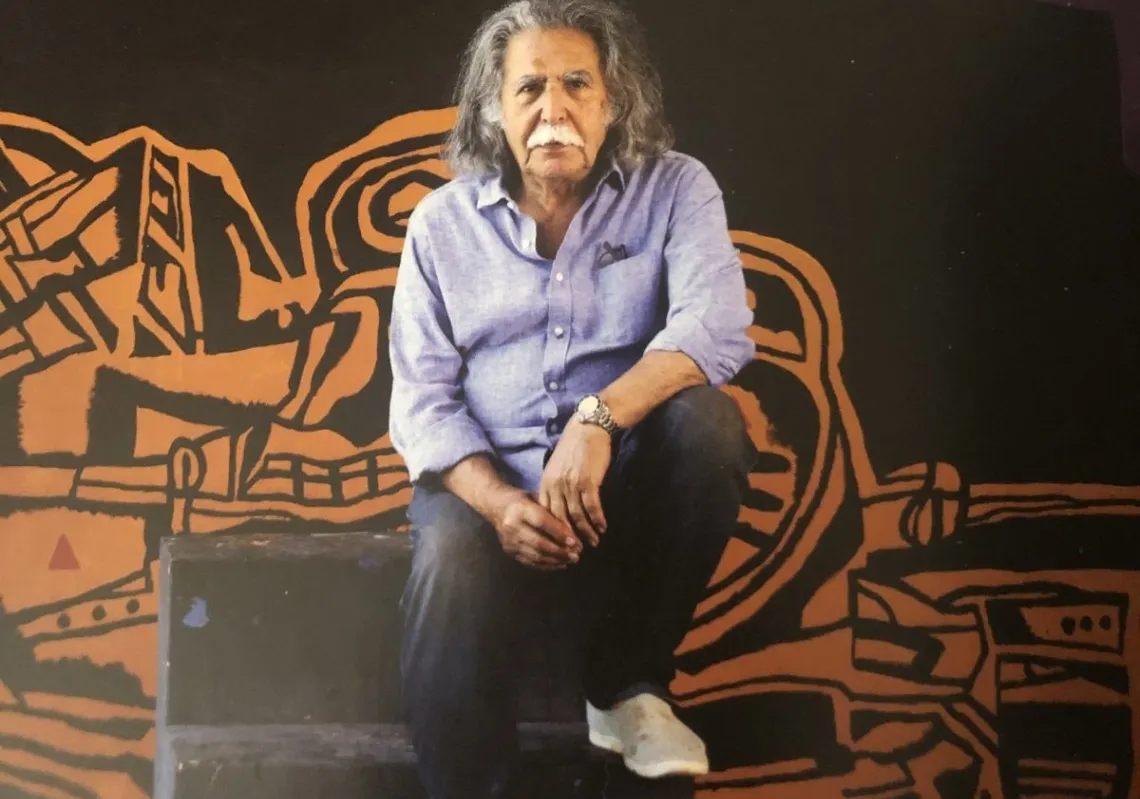 UNITED STATES – JANUARY 17: Dennis Ross, a counselor at the Washington Institute for Near East Policy and special Middle East envoy under President Bill Clinton, testifies at a Senate Foreign Relations Committee hearing on Iraq and regional diplomacy, Jan. 17, 2007 in Washington, D.C. (Photo by Brendan Smialowksi/Bloomberg via Getty Images)[/caption]
UNITED STATES – JANUARY 17: Dennis Ross, a counselor at the Washington Institute for Near East Policy and special Middle East envoy under President Bill Clinton, testifies at a Senate Foreign Relations Committee hearing on Iraq and regional diplomacy, Jan. 17, 2007 in Washington, D.C. (Photo by Brendan Smialowksi/Bloomberg via Getty Images)[/caption]
By: Dennis Ross*
In my book, Doomed to Succeed: The US-Israeli Relationship from Truman to Obama, I examine every administration since President Truman’s and the key assumptions that drove their policies and responses to the key events they faced in the Middle East. Every president confronted at least one major war and/or crisis in the region during the time of his administration. And, yet starting January 20th, President Trump will face a more daunting reality in the Middle East than any of his predecessors.
That may seem an extraordinary statement but it is true. Consider the landscape of the Middle East that awaits America’s 45th president. The state system itself is under assault with Syria, Iraq, Yemen, and Libya unlikely ever to be put back together as stable, integrated national entities. In addition, Egypt the most populous of all Arab states faces a radical Islamist insurgency in the Sinai, and terrible economic challenges that must be dealt with to ensure it does not become a failed or failing state. As for Yemen, it is impoverished, being drained of all its natural resources, and conflict is tearing it apart as Iran supports the Houthis with arms and training aimed less at dismembering the country and more at trying to bleed Saudi Arabia. Iran’s backing and use of the Houthis is not an exception. Across the region, Iran is using Shia militias to extend its power, leverage, and influence—and with an eye to undermining Arab-led governments. Unfortunately, while Russia has used force to change the balance of power on ground in Syria, even though its military presence in the region is vastly smaller than America’s, it is doing so in a way that is abetting Iranian power.
[caption id="attachment_55252650" align="alignnone" width="968"]
 President Donald Trump speaks with his wife Melania (Photo by Joshua Lott/Getty Images)[/caption]
President Donald Trump speaks with his wife Melania (Photo by Joshua Lott/Getty Images)[/caption]
The Trump administration will have to decide how it will approach the Russians and what it must do to get the Russians to distance themselves from Iran. It must also decide whether and how it is going to counter Iran’s de-stabilizing role in the region and how that relates to its priority of defeating Daesh. Some may believe that we can partner with Iran in fighting Daesh but that is an illusion. Iran and its use of Shia militias have only deepened the very sectarianism that is the life-blood of Daesh’s appeal to Sunnis. When the Shia militias played a role in defeating ISIS in Ramadi and Fallujia, young Sunni males disappeared, summary executions took place, and there was widespread looting. The Iraqi government and military are keeping them largely out of the fight for Mosul city—but the militias are still active in the areas surrounding the city and are repeating the same pattern. (Just as they did in Aleppo as the Assad regime with Shia militias re-took control of the eastern part of that city.)
As the new administration decides how to intensify support for the Iraqi campaign to defeat Daesh in Mosul and to further our efforts to do the same in Raqqa, the capital of ISIS, it will need to ensure that the conditions that produced Daesh in the first place are not recreated. This will confront the administration early and is a very complicated task. Trump and his advisors must have a plan that can be implemented on the ground to facilitate the rapid return of Sunni populations to the areas liberated from Daesh’s control; it must provide for the reconstruction of these devastated areas; and there must be an inclusive approach to governance and security in the aftermath of the defeat of Daesh—all of which have proven very difficult to produce so far in most of Iraq.
None of these elements—rapid return and absorption, reconstruction, and inclusive governance and security—can be produced without cooperation with America’s traditional Arab partners in the region. And, no doubt their readiness to help will be tied to their perception of the Trump administration’s understanding of the threats they see posed by Iran and its willingness to work with them to counter and contain these threats. The stakes are high for the Trump administration because the failure to deliver at least some tangible progress on return, reconstruction, and inclusion, will sooner or later produce the very Sunni alienation and disaffection that led to the emergence of ISIS. If President Trump believes that the Obama administration helped to produce ISIS by withdrawing too soon from Iraq, he will not want to be in a position where Daesh has been defeated but the conditions are created for its successor to emerge and threaten us during the life of his administration.
So the challenges the Trump administration faces are formidable. But his administration may also have something going for it. Two developments in the regional landscape, if properly understood, can be used to help deal with threats. First, because of shared threat perceptions, there is unprecedented, if discreet, cooperation between the leading Arab states and Israel. Low visibility does not make this cooperation in security and intelligence any less real—and it could be developed further to counter the Iranian use of Shia militias as well as the threats posed by radical Sunni jihadis. While progress on the Palestinian issue would permit the cooperation to be more open and consequential, it remains an asset that the new administration should develop. In this connection, the Trump administration should shape options and plans for parallel or even joint and coordinated efforts to raise the costs to the Iranians of using the Shia militias for de-stabilizing purposes.
Second, Saudi Arabia’s National Transformation Plan has great potential not just for the Kingdom but for the region more broadly. The Saudi Plan is a systematic effort to develop and modernize the Kingdom. Overhauling the education system, diversifying the economy and sources of revenue, building indigenous industries in petro-chemicals, mining, and tourism—and fostering an information-digital economy—are ambitious aims incorporated into Vision 2030. Though a high bar, the plan is not an abstraction and can be fulfilled.
Why is it so significant for the region? There has never been a successful model of development and modernization in the Arab Middle East. And, that is why since Nasser’s time there have been a series of pretenders claiming they would be the one to restore greatness to a region that lags behind the rest of the globe. In the past, the secular-nationalists failed just as Islamists are failing now to produce because none had a serious, practical plan for development—or for reconciling Islam with modernization. The Saudi Plan is both, and the United States should have a strong stake in its success.
President Trump may face a daunting set of challenges in the region. But if his administration understands the nature of the threats posed by the Iranians and by the radical Islamists, is prepared to work with America’s traditional partners, and appreciates how to take advantage of the new developments in the region, the president could succeed in the Middle East.
*American Middle East envoy Dennis Ross has served in the Administrations of Presidents Jimmy Carter, Ronald Reagan, George H.W. Bush, Bill Clinton, and Barack Obama, and is counselor and Distinguished Fellow at the Washington Institute for Near East Policy in Washington.

